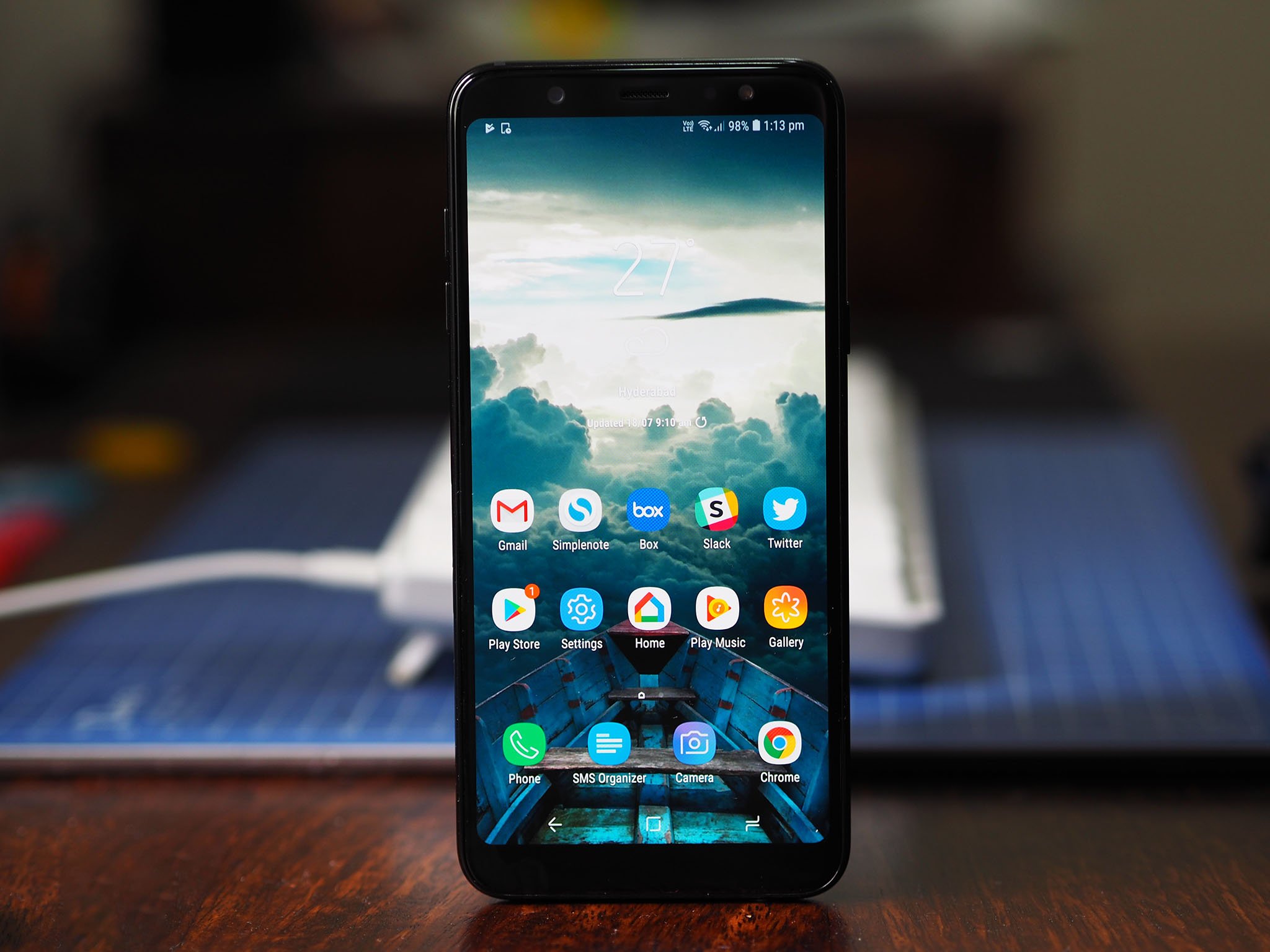Android Central Verdict
Price: ₹23,990 ($350)Bottom line: The Galaxy A6+ misses out on core features that define a mid-range Samsung phone in 2018. There really isn't any reason to consider the device when there are much better alternatives available at the same price point.
Pros
- +
Full HD Super AMOLED screen
- +
Metal chassis
- +
Decent front camera
Cons
- -
Underwhelming chipset
- -
No NFC/Samsung Pay
- -
Micro-USB port
- -
No fast charging
- -
Sluggish fingerprint sensor
- -
Facial recognition doesn't work
Why you can trust Android Central
Samsung launched the Galaxy A series back in 2014 as a way of bridging the gap between the flagship Galaxy S line and the budget-focused Galaxy J series. From the onset, the Galaxy A series was targeted at a younger audience, with Samsung focusing on design and camera as the two main differentiators.
Over the last two years, Samsung introduced water resistance as well as Samsung Pay to the Galaxy A series in a bid to bring its marquee features to a more affordable price point. And while there have been a few underwhelming devices, overall the Galaxy A series managed to deliver decent value for those looking to pick up a phone with a similar design aesthetic and features as the Galaxy S flagships for half the cost.
That's the backdrop for the Galaxy A6+, the latest entrant in this series. The Galaxy A6+ follows on the heels of the Galaxy A8+, Samsung's most robust device yet in this price point. However, as we shall see, the A6+ doesn't do much to build on the improvements introduced with the A8+.
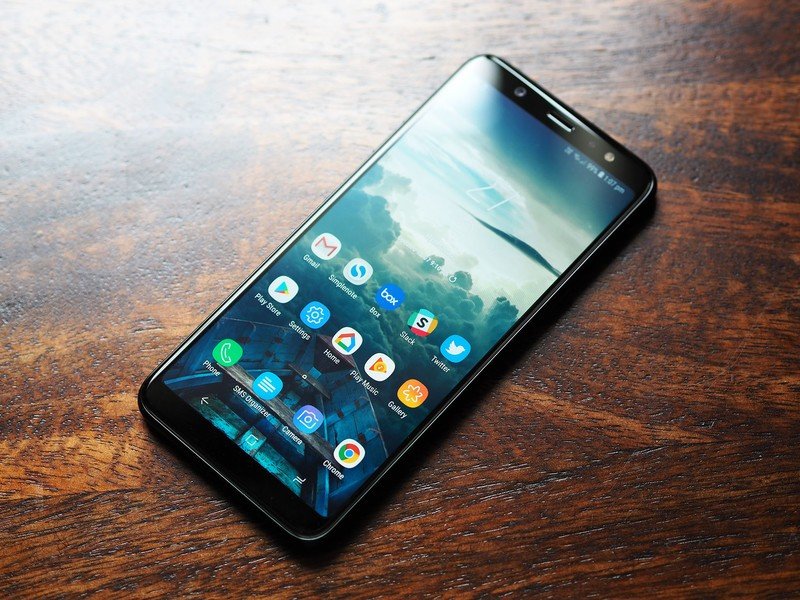
Samsung Galaxy A6+ What I like
The highlight of the Galaxy A6+ is the 18.5:9 Infinity Display. Samsung has done a great job introducing the newer display form factor across its portfolio, and the Galaxy A6+ features a 6.0-inch FHD+ (2220 x 1080) Super AMOLED display with excellent colors and unmatched contrast. The panel is one area where the A6+ holds its own in this category, and that's all down to Samsung's investments over the years perfecting its AMOLED tech.
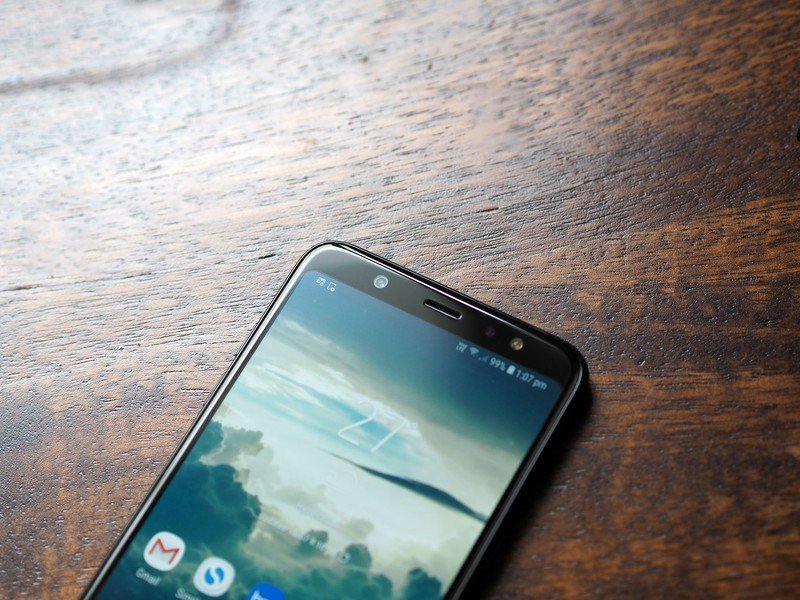
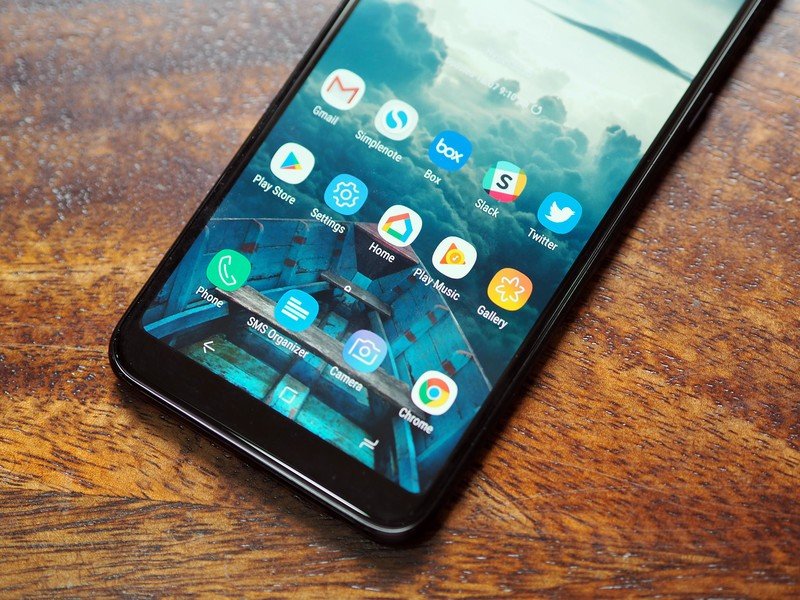
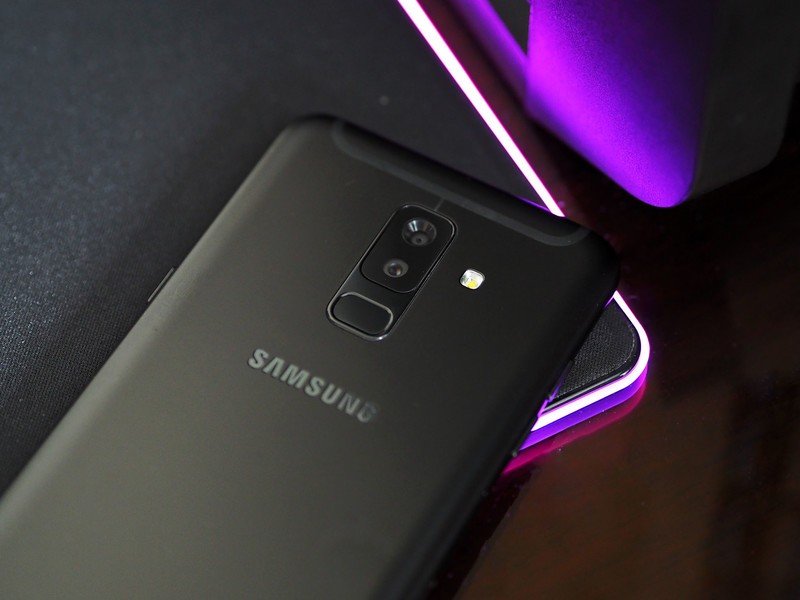
The A6+ doesn't have a dual curved screen unlike the Galaxy S9, and it makes it easier to hold the phone in day-to-day usage. The phone also has a metal unibody design that gives it rigidity. We've seen a lot of evocative designs in recent months on the likes of the Honor 10 and the Nokia 7 Plus, and in comparison the Galaxy A6+ looks plain.
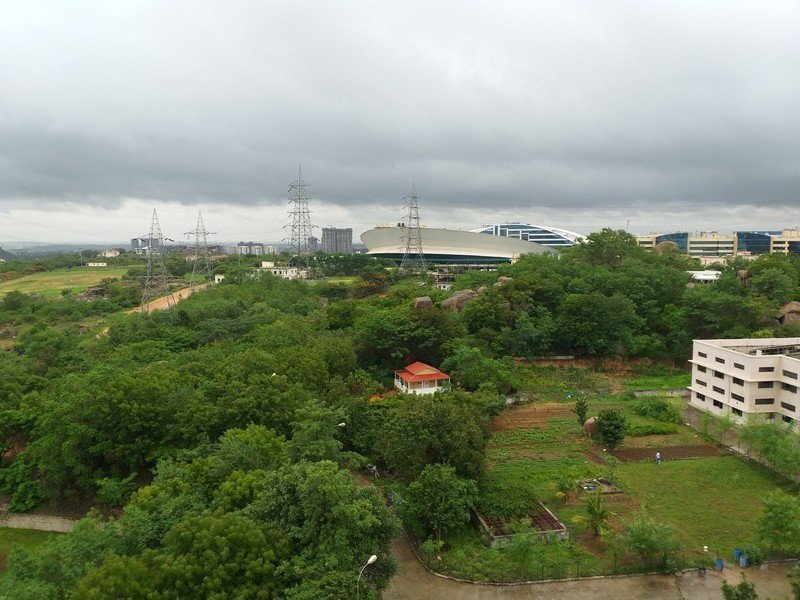
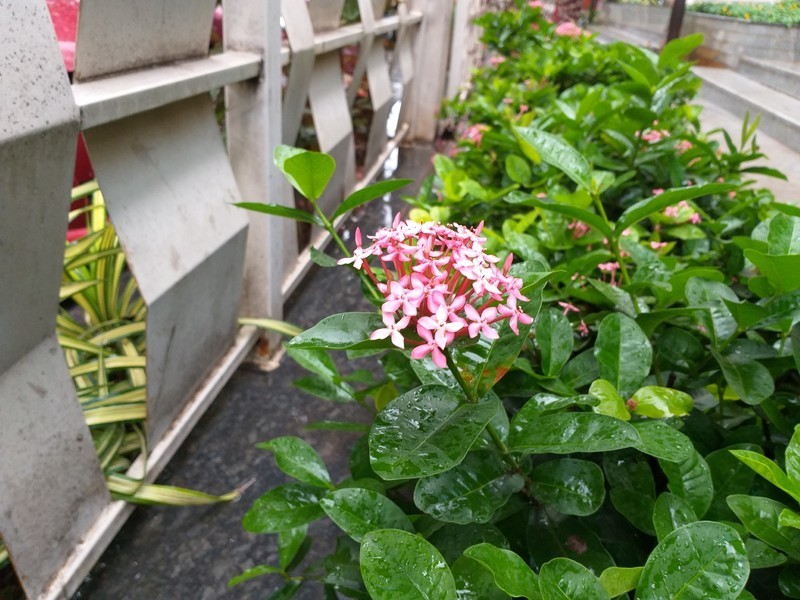

Elsewhere, the dual 16MP + 5MP camera at the back does a decent job taking photos in daylight conditions. The resultant images offer a good amount of detail, but aren't overly saturated. What could be better though is the dynamic range, and the quality of images taken in low-light conditions. If you take a lot of selfies, the 24MP shooter up front is one of the better options available in this category. On the video front, the Galaxy A6+ misses out on 4K recording.
The 3500mAh battery is good for a full day's worth of usage consistently, so it's very rare that you'll have to reach for the charger before the end of the day.
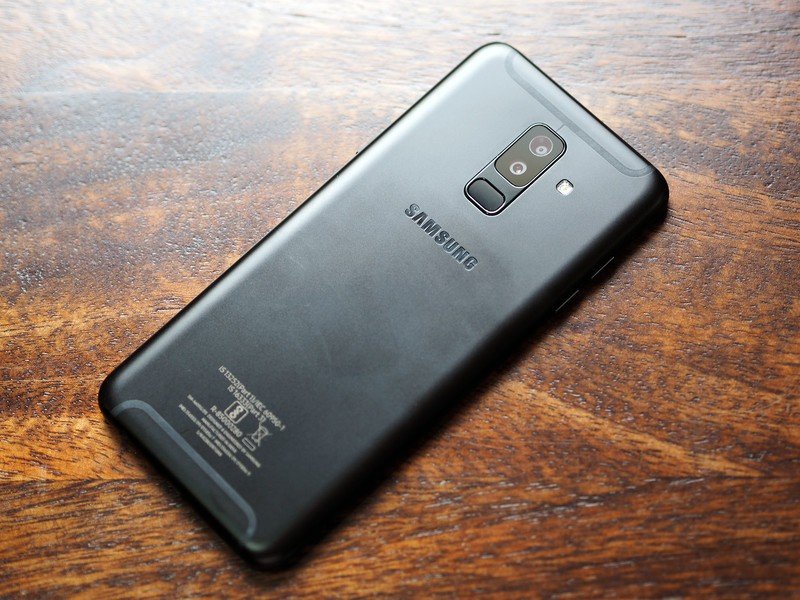
Samsung Galaxy A6+ What needs a lot of work
There are so many fundamental areas where the Galaxy A6+ is found to be lacking that it would've had a tough time going up against the likes of the Redmi Note 5 Pro in the budget segment. But the phone instead costs nearly double that of the Redmi Note 5 Pro, and is in the same price bracket as the Nokia 7 Plus and the Moto X4.
For a device in this category, the Galaxy A6+ offers astonishingly little in the way of features. The phone is powered by the Snapdragon 450, often seen on devices that retail for under ₹10,000 ($130). Combine that, a Full HD panel, and Samsung's user interface and you get a phone that teaches you the value of patience. Everything takes time on the Galaxy A6+ — push it even a little bit and you'll notice a considerable amount of lag, and this is in everyday tasks.
The Galaxy A6+ loses out to $200 phones in a lot of areas.
In Samsung's convoluted portfolio, the Galaxy J series is the entry-level tier, with the Galaxy A forming the mid-range series, and the Galaxy S and Note lines forming the flagship tier. Currently, the most affordable phone to offer Samsung Pay is the Galaxy J7 Pro, which retails for the equivalent of $250 (₹16,900).
So it stands to reason that any Samsung device that costs more than the J7 Pro would get the mobile payments service, but that isn't the case on the Galaxy A6+. The phone instead gets Samsung Pay Mini, a lightweight utility that lets users undertake UPI transactions. Samsung Pay is a differentiator for Samsung — particularly in this category — and its omission is perplexing when you consider the fact that the manufacturer deemed it worthy of inclusion on the J7 Pro last year.
That isn't the only decision that doesn't make sense — the Galaxy A6+ comes with a MicroUSB port, and it doesn't have fast charging. I've excused budget devices that offered the MicroUSB port in the past, but for a phone in this category to not have USB-C as standard is inexcusable. To add to the list of things wrong with the Galaxy A6+, the fingerprint reader is slow and unreliable, and the facial recognition just doesn't work in low-light scenarios.
It's clear that the Galaxy A6+ was initially conceived as a budget device, but somewhere along the way Samsung decided to launch it in the mid-range segment. The design aesthetic — with the antenna lines at the back and the metal finish — is very similar to that of the J7 Pro, and isn't in line with other launches in the Galaxy A series of late, which offered glass backs.
Another area of worry is software updates: while Samsung is doing a much better job with updates overall, that isn't the case for its budget and mid-range phones,
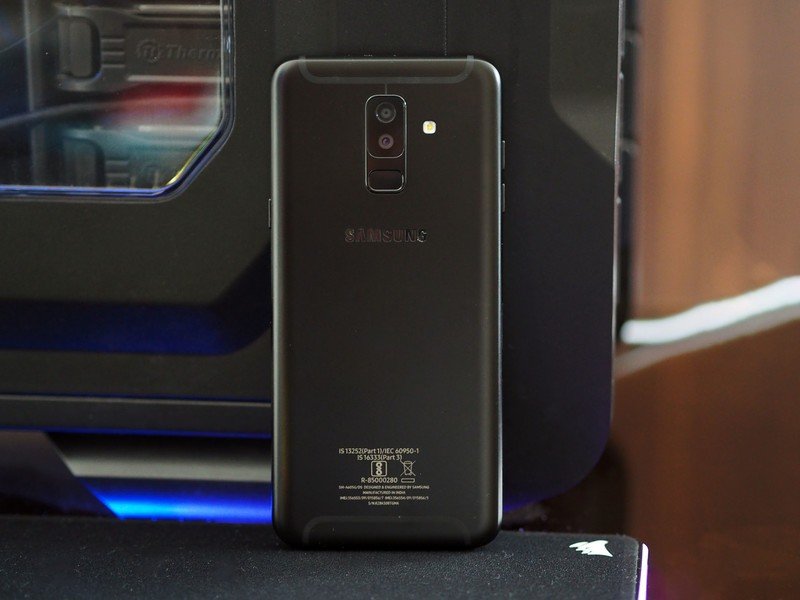
Samsung Galaxy A6+ Review
Samsung could have pulled off launching a $350 device powered by the Snapdragon 450 in other markets, but in India there's no lack of choice in this segment, and as such there's no reason to buy the Galaxy A6+. For every single metric, you can pick up a device that does a better job than the A6+ — the Nokia 7 Plus has a significantly faster chipset, much better camera, and gets updates on time; the Moto X4 has an evocative design, and the ZenFone 5Z with the Snapdragon 845 costs just $90 more.
Heck, even the Redmi Note 5 Pro is a much better alternative than the Galaxy A6+, and it costs significantly less. It's baffling to see Samsung launch a Galaxy A device with such a poor set of features considering the Galaxy A8+ turned out to be one of the better mid-range phones the company has released in recent times.
3 out of 5
The Galaxy A6+ misses out on key features that made the Galaxy A series interesting in the first place. If you've set your mind on a Samsung device, then the Galaxy A8+ is a much better alternative in this segment. It has water resistance, Samsung Pay, more robust hardware, USB-C, fast charging, and a better camera to boot, and at ₹29,990 ($440) you're not paying too hefty a premium to get the added features.
If you want the absolute best in this segment, look no further than the Nokia 7 Plus. The Snapdragon 660 is a cut above anything you'll find in this category, and HMD's commitment to fast updates combined with the sturdy build quality make the Nokia 7 Plus the phone to beat.

Harish Jonnalagadda is Android Central's Senior Editor overseeing mobile coverage. In his current role, he leads the site's coverage of Chinese phone brands, networking products, and AV gear. He has been testing phones for over a decade, and has extensive experience in mobile hardware and the global semiconductor industry. Contact him on Twitter at @chunkynerd.
